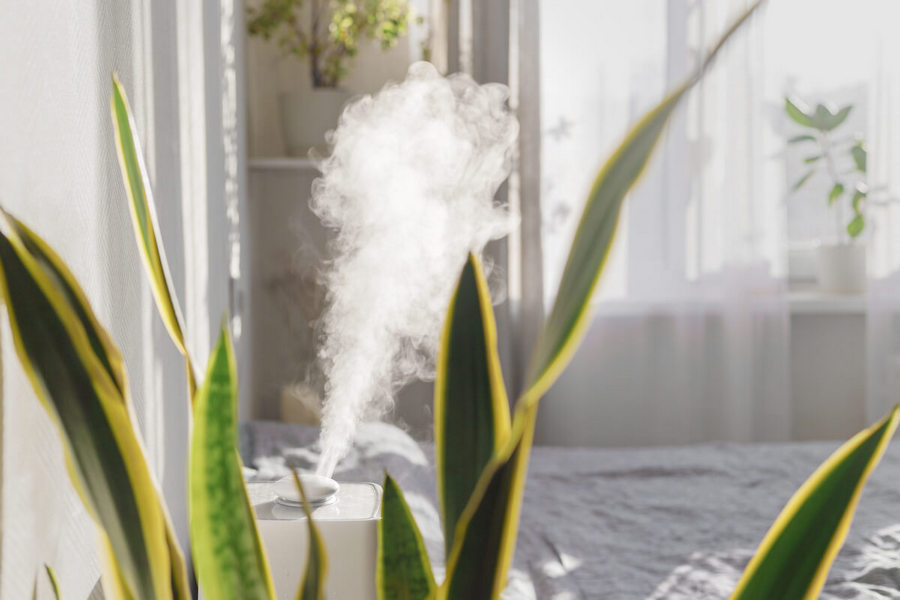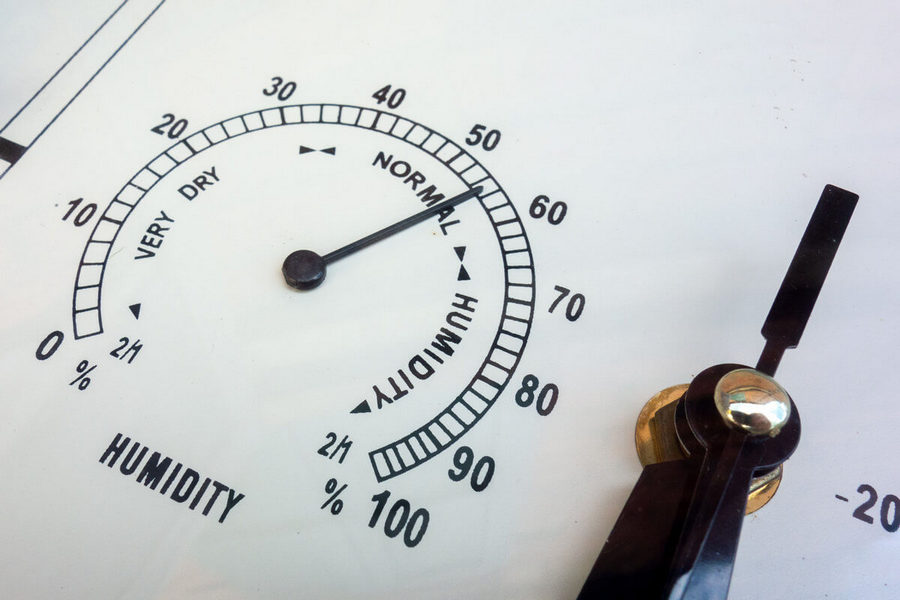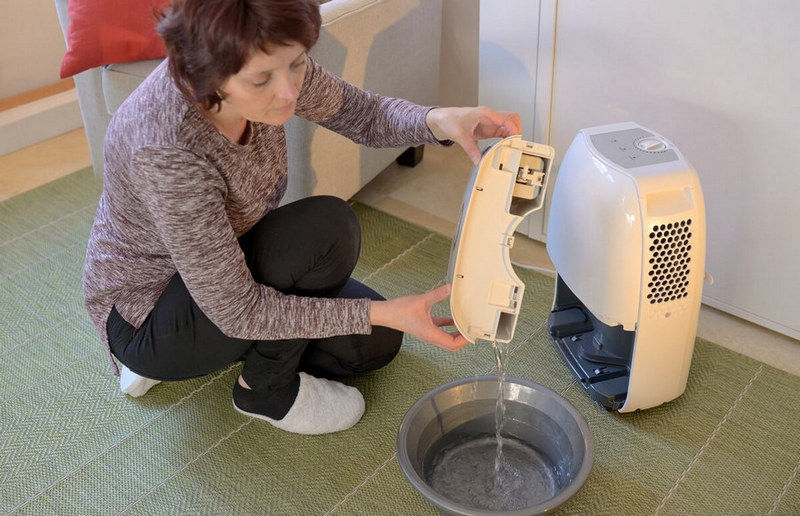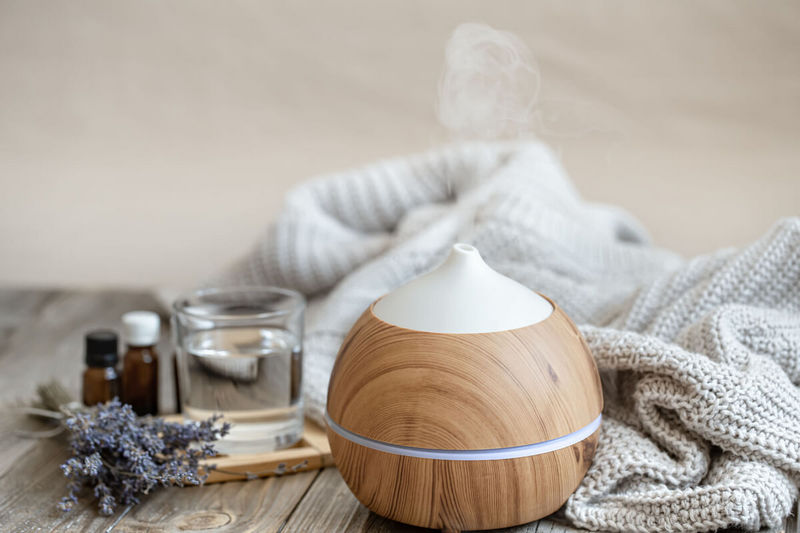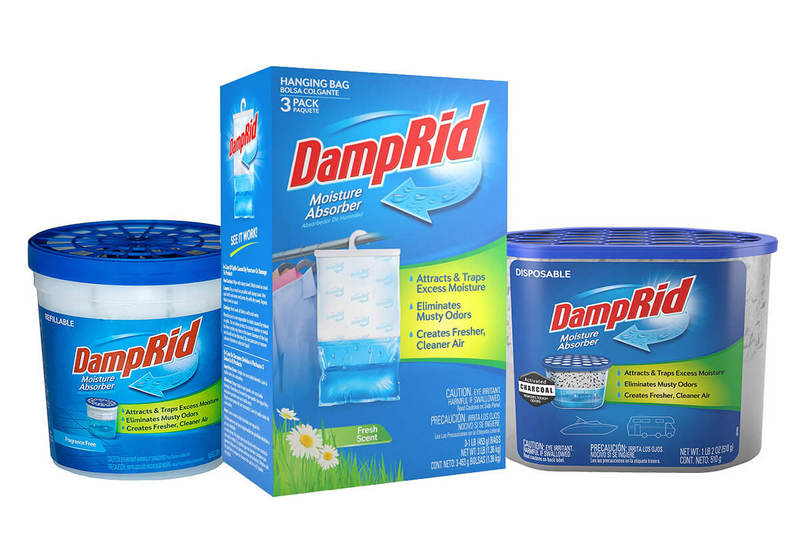As the temperature drops and the air becomes cooler in the winter, dry air becomes commonplace in our homes. But dry air in the home can be uncomfortable and exacerbate medical conditions like skin allergies, psoriasis, asthma, and nasal congestion.
A humidifier is a common way to add moisture to the air and increase humidity or water vapor. But it is also expensive and only works for a single room and not the entire house.
If you’re looking for a low-cost humidifier alternative, you’re in the right place. Here, we’ve listed the top 10 DIY humidifier solutions you can use to boost moisture in the air.
1. Use Boiling Water as a DIY Humidifier
Boiling water on the stove is a simple way to increase the humidity levels in your home. When the water boils, it will release steam into the air and evaporate into the atmosphere. This helps add moisture to your home and combats dry air.
You can boil tea and other liquids in a kettle or pot on the stove to enjoy the maximum benefits of this method.
2. Make Your Own Humidifier With a Fan and Sponge
It is possible to create a homemade humidifier using a fan, a sponge, and a few other ordinary items you might have at home. Simply follow the steps below:
- Create a sponge wick by inserting a skewer through the top of a sponge and lowering it into a drinking glass, bowl, or other containers. The skewer will keep the sponge in place.
- Fill the container with water until the bottom part of the sponge becomes wet. The water will slowly start to evaporate into the air.
- Place a small fan behind the container and set it to low speed. The airflow should face the center of the room, so the water vapor keeps circulating in the home.
This DIY humidifier can help you increase humidity in your room. You can create more humidifiers like it and place them around your home. Some spots where you can keep these humidifiers are on a side table in your hall or on a dresser in your bedroom.
3. Place Plants on Pebble Trays
A pebble tray can be an excellent natural humidifier. To make one, follow the easy steps below:
- Take a wide tray or saucer that can hold water without wicking (avoid those made of terracotta on wooden surfaces) and fill it with pebbles. The tray or saucer should be at least one inch bigger than a small pot or many inches bigger than a large pot to effectively increase humidity.
- Place your houseplant above the pebbles.
- Fill the tray or saucer with water, making sure that the plant remains above the water level. When the liquid evaporates from your tray, it will create a humid bubble around your houseplant and add moisture to the air.
- Refill the tray or saucer once the water is almost fully evaporated.
4. Make a DIY Humidifier With a Water Spray Bottle
One of the simplest and most cost-effective ways of humidifying your home is using a water spray bottle as a DIY humidifier. Here’s how to do it:
- Take a spray bottle that can spray a fine mist and fill it with water.
- Spray water around your house wherever it’s especially dry.
Remember not to spray too much water as wet surfaces can become a breeding ground for mold and bacteria.
Read Also: Is 70 Humidity Uncomfortable?
5. Place a Bowl of Water on the Radiator
One of the most effective DIY humidifier solutions is to fill a ceramic or metal bowl with water and place it on a non-electric hot-water radiator. The heat emanating from the radiator will make the water evaporate and push humidity into the air. This works like a natural humidifier that will not cost you anything extra.
If you need to remove the bowl, remember to use heat-resistant gloves as it will be very hot.
If you have a wall-mounted electric heater and cannot use this trick, you can simply place a bowl of water on the floor beside it.
6. Use an Electric Candle Warmer
Another humidity-boosting tip is to use an electric candle warmer as a DIY humidifier. This simple device is designed to warm a candle and release its aroma throughout the room. You can apply the same principle to a jar or glass of water placed in the candle warmer.
Plug in the warmer, fill a glass container (avoid plastic) with water, and place it in the candle warmer. After a few minutes, the warmer will heat up and create a “hot spot” for moisture in the air.
Read Also: Using Electric Candle Warmers VS Burning Candles
7. Shower With the Bathroom Door Open
Your shower can be the best DIY humidifier you have on hand. The coolest part is that it’s free! When you’re taking a steamy shower, leave the door open. This will allow the moist air from your shower to permeate the surrounding areas and increase humidity.
But make sure to turn off the exhaust fan or all that moist air will go out the window, literally!
8. Save Your Bathwater and Let It Cool
If you prefer taking long, bubbly baths, do not drain the bathtub immediately after you get out. Let the water cool first so you can benefit from the residual heat that will add a little extra moisture to the air.
9. Dampen the Curtains
If you want an instant humidity boost in your home, dampen your curtains. Spray your curtains with enough water to make them damp and open the windows. When the breeze comes in, the curtains will start drying up and release moisture into the air.
Just be careful not to soak your curtains through. It can increase the humidity levels more than you need which will make the curtains prone to bacteria and mold growth.
10. Use Your Dishwasher as a Natural Humidifier
You can use your dishwasher to increase the relative humidity in your home. During its wash cycle, it will release steam into the air while cleaning the dishes. Once it reaches the drying cycle, crack open the door and let your dishes air dry. As the steam escapes from the dishwasher, it will add a little extra humidity to the surrounding air.

